You can change display resolution and scale in Windows 11/10 Settings. However, some users cannot change the Display Scaling because the respective option is greyed out in Settings because of the “A custom scale factor is set” error. If you see this error in Windows 11/10 Settings and cannot change your display scaling, use the fixes provided in this article.
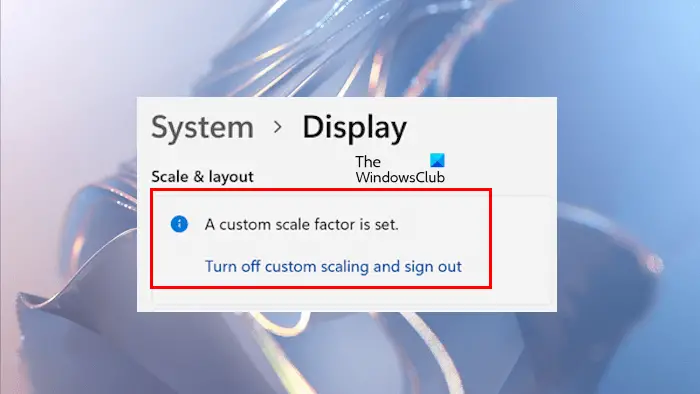
A custom scale factor is set error in Windows 11/10
If you see A custom scale factor is set error while changing the Display Scaling Settings on your Windows 11/10 computer, use these fixes:
- Try to turn off the custom scaling
- Reboot your monitor and update its firmware
- Check the issue in the Clean Boot state
- Clean install your graphics card driver
- Repair your system image files
- Restore your system or reset your PC
All these fixes are explained in detail below:
1] Try to turn off the custom scaling
When you set a custom scaling for your display, Windows disables the Scale option and displays the “A custom scale factor is set” message. To disable this message and enable the Scale option again, you need to turn off the custom scaling. Try this and see if it helps.

If you see the message, there is a link next to it that says “Turn off custom scaling and sign out.” Click on that link and sign out of your system. Now, sign in and see if you can change the display scaling or if the error is still there.
This fix should work. However, some users reported that the issue continued to persist even after clicking on this link. If you are also in the same boat, try other fixes.
2] Reboot your monitor and update its firmware
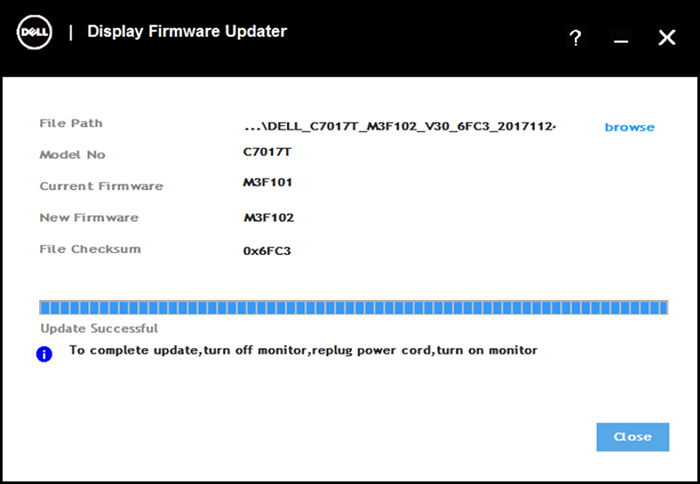
The problem may be with your monitor. To check this, restart your monitor. If the problem persists after restarting the monitor, update its firmware. The latest version of your monitor firmware and its installation instructions are available on the manufacturer’s official website. Refer to the official website to know the correct method of updating your monitor firmware.
3] Check the issue in the Clean Boot state
Check if you can change the display scaling in the Clean Boot state. First, start your computer in a Clean Boot state, then open display settings and see if the option to change the display scaling is clickable. If yes, you can change the display scaling.
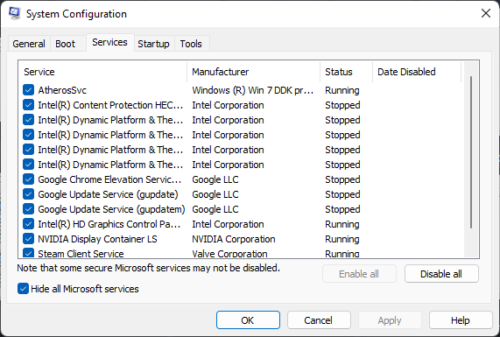
If the issue disappears in the Clean Boot state, a third-party background application or service is responsible for this issue. Did you install a program to change the display resolution or scaling? If yes, uninstall that program to fix this issue.
4] Clean install your graphics card driver
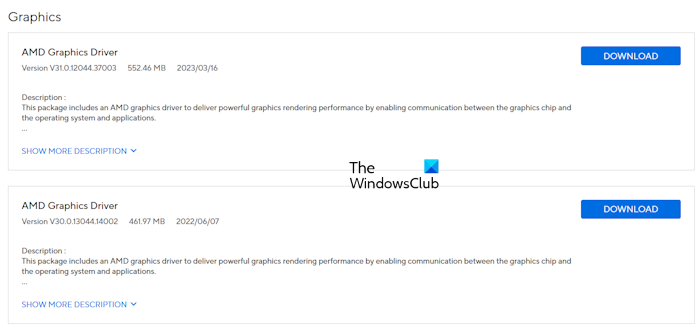
This error can also be associated with your graphics card driver. I suggest you update your graphics card driver. Visit the official website of your computer manufacturer and download the latest version of the graphics card driver. Now, run the installer file to install your graphics card driver. You can also use the dedicated tool developed by the manufacturer to update your GPU driver, such as AMD Software, Intel Driver & Support Assistant, etc.
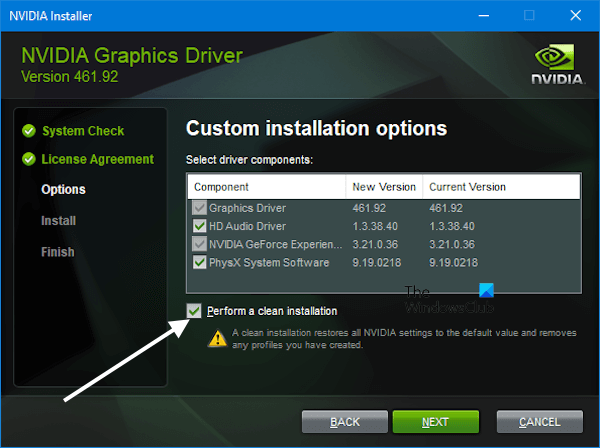
If this does not work, perform the Clean Installation of the graphics card driver. For this, you need to use a third-party tool, Display Driver Uninstaller. Download and install it. Now, boot in Safe Mode and run the DDU utility. Use the DDU utility to completely remove the GPU driver from your system. After doing that, run the installer file to install the graphics card driver from scratch. If you have an NVIDIA GPU, you can clean install its driver directly from the GeForce Experience.
5] Repair your system image files
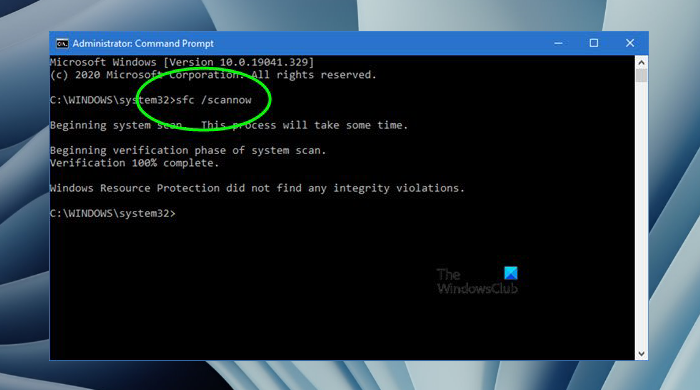
Corrupt system image files are also one possible cause of this problem. Repair your system files with the help of System File Checker and DISM tools. Run these tools one by one. After the completion of scans, check if the issue persists.
6] Restore your system or reset your PC
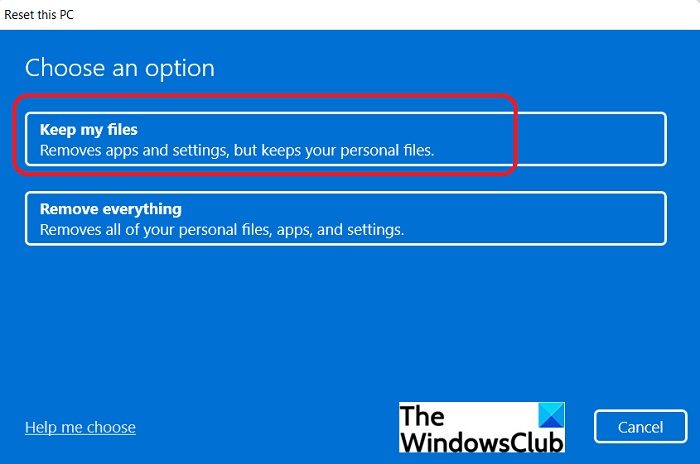
You can also restore your system to the previous point in time by selecting the required restore point. Or, you can reset your PC to the factory default settings without deleting the data. However, before you reset your PC, it is better to back up your data.
I hope this helps.
What is a custom scale factor?
The Custom Scale Factor allows you to set a custom scaling for your display. If you want to set a scaling factor other than the normal scaling options available on Windows 11/10, you can use this feature. Open Windows 11 Settings and go to System > Display > Scale. Now, enter a value from 100% to 500% based on your display size to set a custom scaling factor.
Is custom scaling below 100% possible in Windows 10?
The custom scaling option allows users to set a custom scaling factor for their displays. Its value lies from 100% to 500%. Therefore, you cannot set a custom scaling factor below 100% for your display.
Read next: Computer display suddenly too big in Windows.